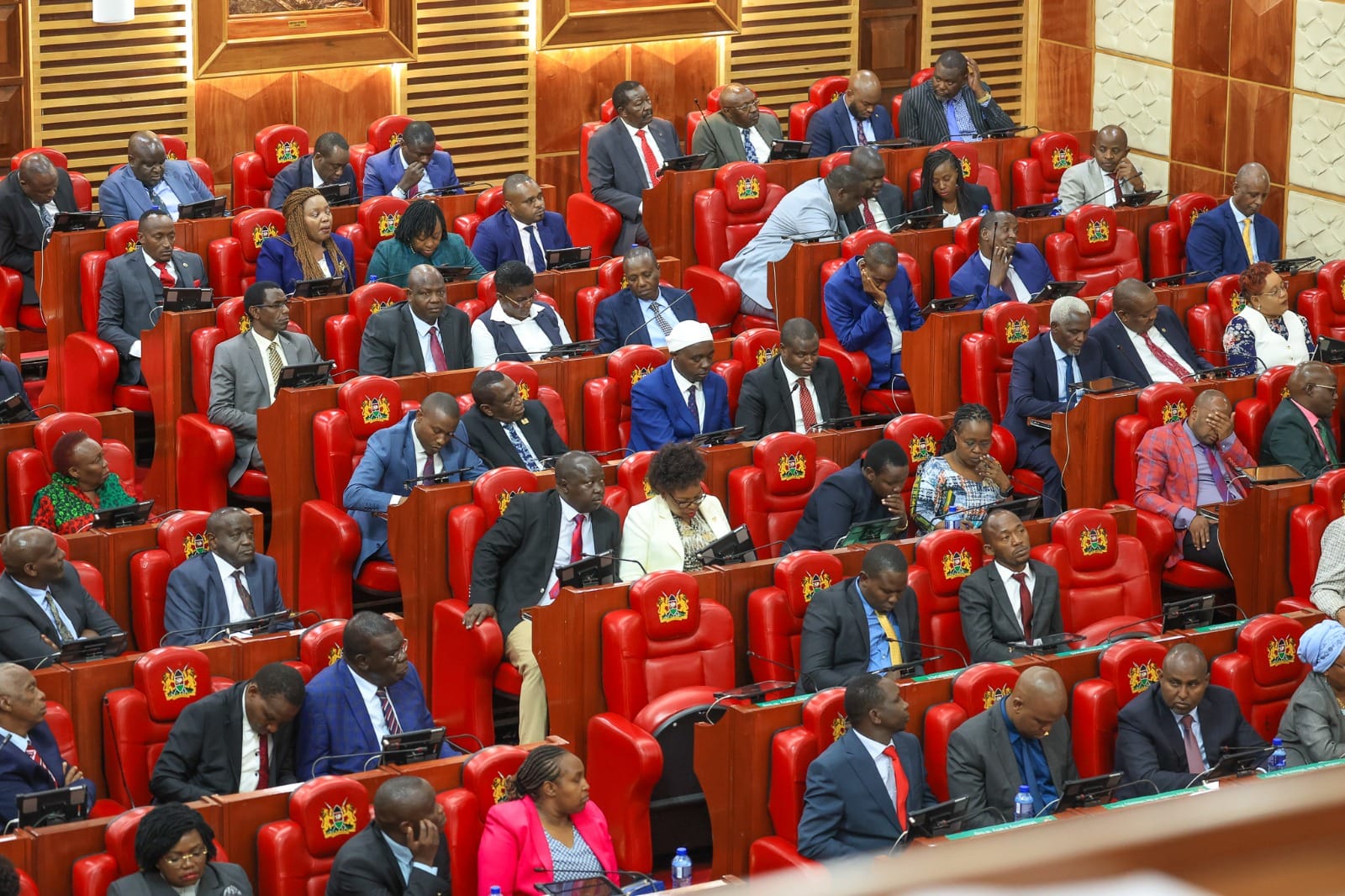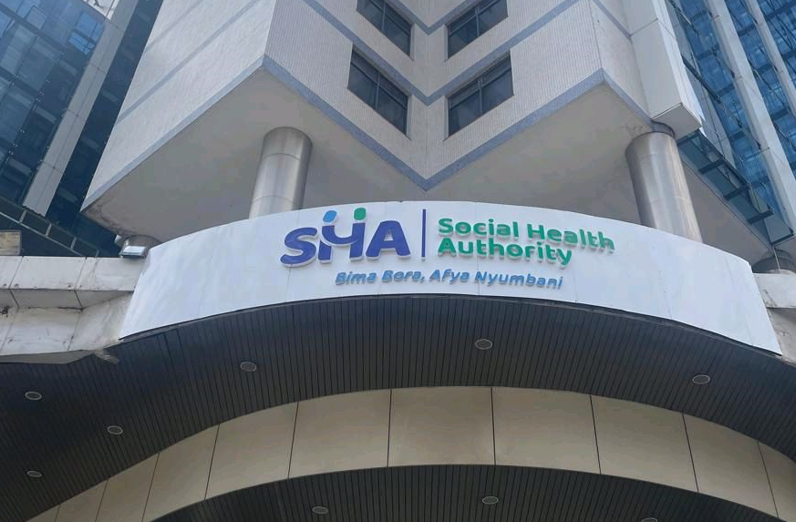How new system sealed revenue leakage in Judiciary

Farel Nalimae
The Judiciary projects to collect Sh3 billion per year in the next two years following the implementation of the Judiciary Financial Integrated System (JFMIS).
The system that brings together the Case Tracking System, the e-filing system and the e-banking system has ensured that there is no revenue loss and pilferage at any point in the Judiciary’s financial transactions.
Currently, the Judiciary is collecting about Sh2.4 billion annually, a steady rise from less than Sh2 billion that was being collected between 2014 and 2019 when the system was rolled out.
The Judiciary conceptualised the idea of an integrated financial management system in 2014.
This system has been developed in small phases and faced many challenges including lack of internet connectivity in court stations.
Having no human resource capacity, the system was not robust enough for implementation since it was a stand-alone solution for each court station without technical anchorage.
An improved revenue collection system using very little resources and internally sourced staff was proposed to be built in 2016.
It was moved from Access database solution to a Java based software on MySQL between 2016 and 2017.
In December 2016, two more system developers were hired to boost the system developers human resource capacity to build the financial management system.
They worked using locally available resources with the support of equipment and some technical capacity from The International Development Law Organization and the Judiciary Performance Improvement Project.
The system was launched towards the end of 2019 and deployed in 130 court stations.
With the advent of the Covid-19 pandemic, the Judiciary had no option but to resort fully to back-office operations to bring into convergence, e-filing, the Case Tracking System and JFMIS to minimise physical contact.
This led to complete movement from the manual financial system to embracing the electronic system that eradicated fraud, human errors of commission and omission.
Revenue leakage and deposit losses were mitigated. Currently, the depositor interacts with the system and the bank directly.
The bank receives the money and a notification is generated on the system indicating that money has been received and from the process, a receipt is generated.
The old paper-heavy system in government bureaucracy has been reduced in financial management matters in the Judiciary.
The entire process from receipting, court fees payment and receipting is electronic and e-mailed to clients directly.
More importantly, at the comfort of the headquarters, the accounting officer is able to access and monitor revenue information from all court stations across the country in real time via the system to enable decision making.
The headquarters is also able to see and monitor the Authority to Incur Expenditure (AIE) funds at all court stations across the country thereby easing monitoring of budget appropriation.
The system has also revolutionised work culture at the Registries. The clerks are more productive having been turned into system managers with less human interaction for instance in conducting fees assessment, invoice generation and receipting which are all transacted online.
The system improved revenue collection and cash bail refund time has been reduced from 30 days to seven days.
It is imperative to note that the system was developed internally at minimal cost. — The writer is the Public Communications Officer, the Judiciary









